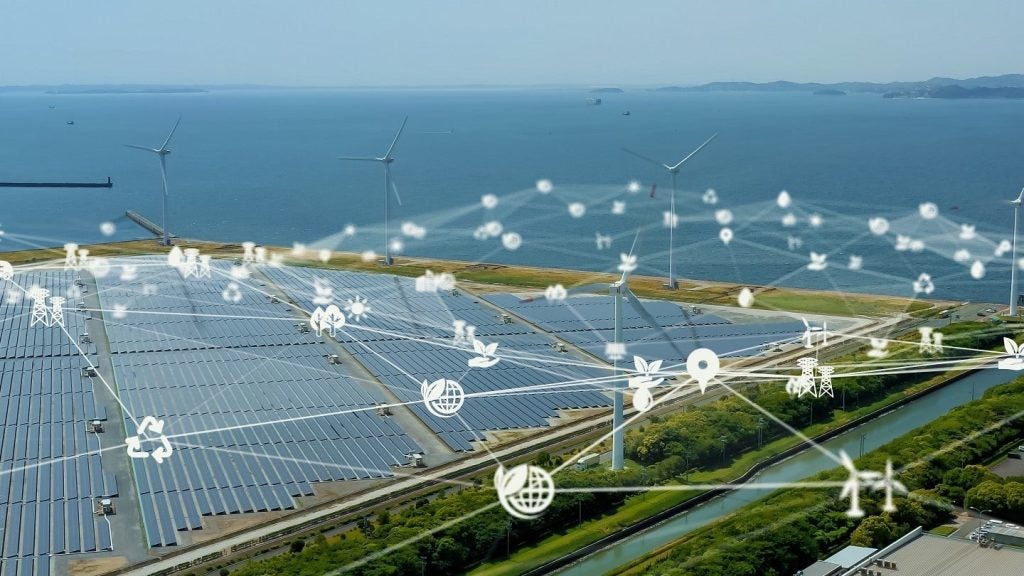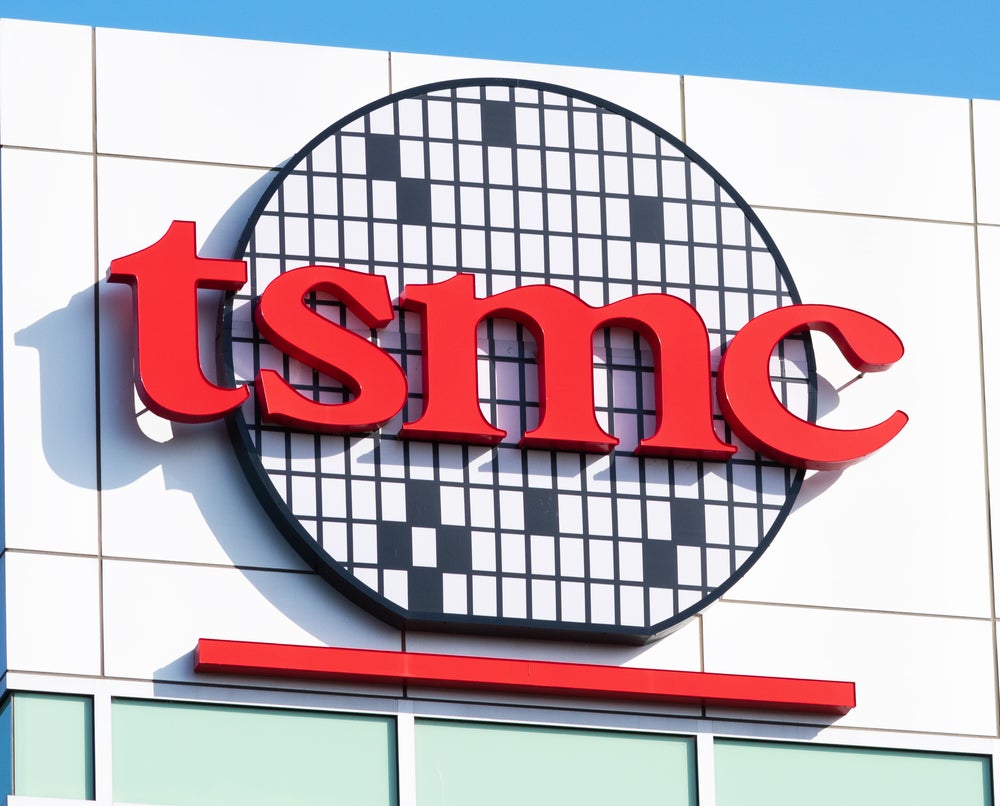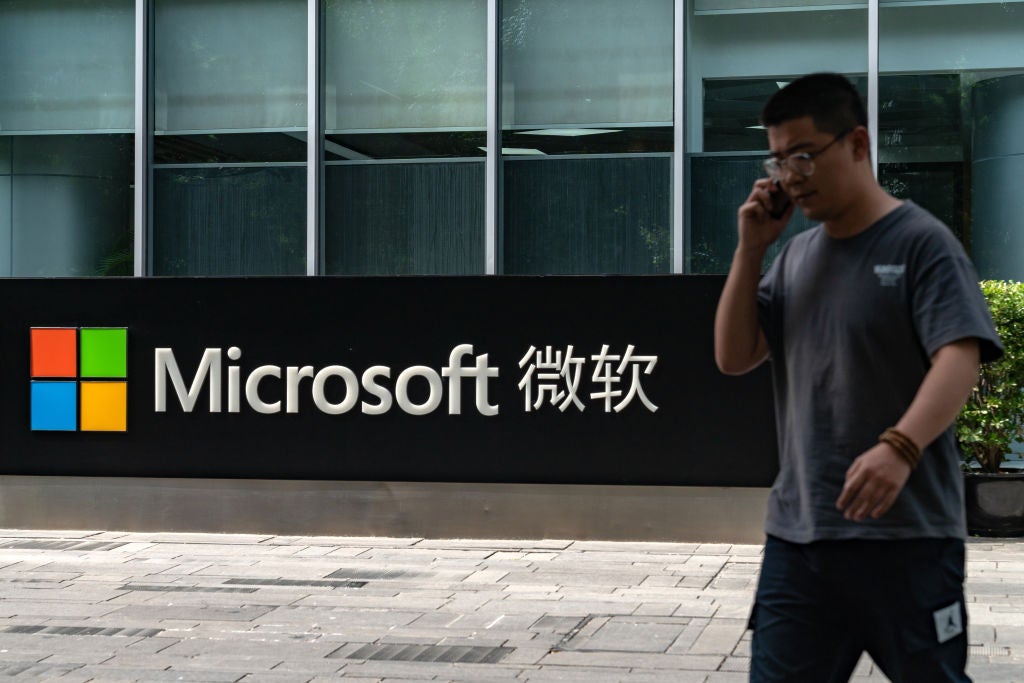Kinaxis has filed a patent for a computer-implemented method that involves pre-processing a historical data set once per trained machine-learning model. The method includes forecasting the value of an unknown sample while tracking its leaf path, limiting the leaf path to a subset of trees in each trained-machine model, determining a set of related historical samples based on the leaf path, and determining a set of quantiles from the leaf path. The invention aims to optimize inventory loading based on the set of quantiles. GlobalData’s report on Kinaxis gives a 360-degree view of the company including its patenting strategy. Buy the report here.
According to GlobalData’s company profile on Kinaxis, Predictive modeling techniques was a key innovation area identified from patents. Kinaxis's grant share as of September 2023 was 20%. Grant share is based on the ratio of number of grants to total number of patents.
Forecasting inventory using machine learning models and quantiles
A recently filed patent (Publication Number: US20230289721A1) describes a computer-implemented method for forecasting unknown samples using machine learning models. The method involves pre-processing a historical data set and tracking the leaf path of an unknown sample. The leaf path is then limited to a subset of trees in each trained machine-learning model. Based on the leaf path, a set of related historical samples is determined, and a set of quantiles is calculated.
The method also includes training a tree-based machine learning model, making a forecast for the historical data set, and tracking leaf paths associated with the forecast. At each branch of the tree-based model, a group of similar samples is created in the historical data set. The training process involves preparing the historical data set, defining a target variable, selecting a set of features, and building a decision tree.
To determine the set of related historical samples, the method identifies frequently-repeating training samples on the leaf path of the unknown sample. It then estimates a probability density function for the leaf path and generates a set of synthetic values from this function. The quantiles are computed based on specified service levels and the set of synthetic values, and a quantile forecast is outputted for the unknown sample.
The patent also describes a system that includes a processor and memory storing instructions for implementing the method. The system pre-processes a historical data set, forecasts unknown samples, limits the leaf path, determines related historical samples, and calculates quantiles. It also constructs tradeoff curve functions for each combination of products and stores, and an objective function that maximizes a metric while being constrained by a maximum available quantity.
The system trains a tree-based machine learning model, makes forecasts, tracks leaf paths, and creates groups of similar samples. It prepares the historical data set, defines a target variable, selects features, and builds decision trees. The system also determines frequently-repeating training samples, estimates probability density functions, generates synthetic values, computes quantiles, and outputs quantile forecasts.
Finally, the patent mentions a non-transitory computer-readable storage medium that includes instructions for executing the method. The instructions cover pre-processing, forecasting, limiting leaf paths, determining related historical samples, calculating quantiles, constructing tradeoff curve functions, building an objective function, and determining quantities for stores. The medium also includes instructions for training machine learning models, making forecasts, tracking leaf paths, creating groups of similar samples, preparing data sets, defining variables, selecting features, building decision trees, determining frequently-repeating samples, estimating probability density functions, generating synthetic values, computing quantiles, and loading inventory.
To know more about GlobalData’s detailed insights on Kinaxis, buy the report here.
Premium Insights
From

The gold standard of business intelligence.
Blending expert knowledge with cutting-edge technology, GlobalData’s unrivalled proprietary data will enable you to decode what’s happening in your market. You can make better informed decisions and gain a future-proof advantage over your competitors.







